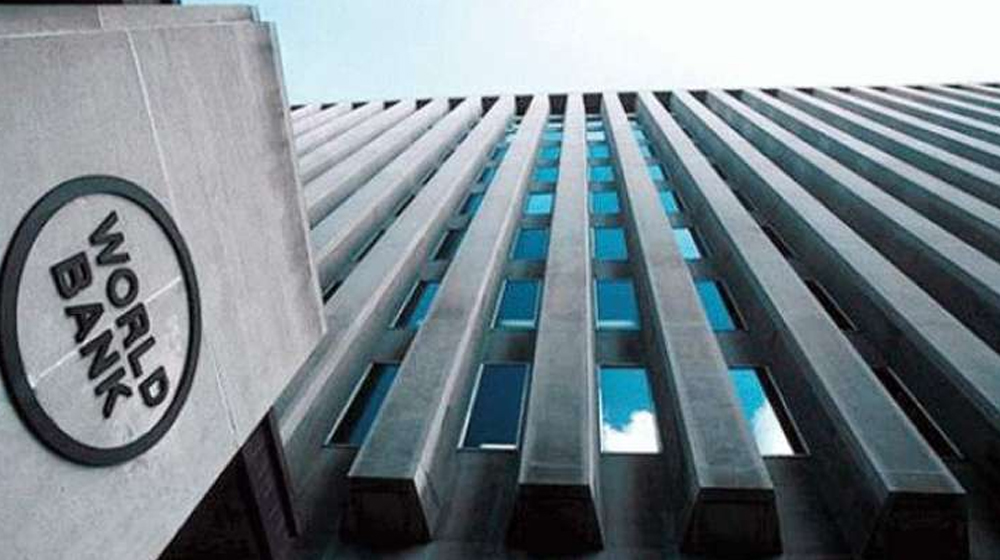Average cultivation intensity and harvest reduce the average share of monthly terrorist/militants attacks by around 20 percent in Pakistan, says the World Bank (WB).
The WB in a research paper, “The Seasonality of Conflict” investigates whether poor employment prospects of potential insurgents help to fuel conflict.
The paper estimates the effect of the wheat harvest on sub-national conflict intensity in Iraq (2004-09), Pakistan (2002-10), and Afghanistan (2004-14).
Wheat is the main (legal) crop in all three countries and is generally harvested annually using labor-intensive methods.
Household survey data shows that during harvesting months, agricultural workers tend to have higher employment rates than other rural workers, suggesting a positive seasonal labor demand shock at harvest time.
As monthly data on local wages or employment is unavailable, it is estimated a reduced-form relationship between the timing and size of the area harvested and the number of attacks in that location, the report added.
As conflict intensity varies widely across settings and years due to other factors, the paper uses a normalized measure of the number of attacks occurring in the month as a share of the annual total in that district, which can be compared across the three samples.
The paper stated that in all three countries, the intensity of conflict is lower at harvest than at other times of the year, with greater falls in areas with larger areas under cultivation.
Specifically, the paper finds that at the mean intensity of wheat cultivation, the onset of harvest reduces the average number of monthly attacks by around 6-22 percent in Iraq, 20 percent in Pakistan, and 8-18 percent in Afghanistan.
In Iraq, Pakistan, and Afghanistan, we find that at average cultivation intensity, harvest reduces the average share of monthly attacks by around 6 percent to 22 percent, depending on the country and dataset used. Results are robust to a wide array of controls, and dynamic specifications generally suggest an actual fall in conflict at harvest time rather than a shift in conflict to adjacent non-harvest months. We also find some evidence that the reduction in total attacks is driven by a fall in labor-intensive attacks.
Dynamic specifications show that most of the reduction in conflict is generally in the harvesting month itself; there is little evidence that the harvest may be promoting or financing conflict in subsequent months.
Overall, these results provide some support for the opportunity cost playing an important role as a determinant of conflict, even for insurgencies thought to be driven by ideology, rather than economic factors, like the Taliban and Al-Qaeda.
In Pakistan, there are, on average, 2-4 terrorist/militant attacks per district-year and in Afghanistan there are 3-45 attacks per district-year, again depending on the definition and dataset.
The intensity of conflict also varies substantially across years depending on geopolitical shocks.
Following the 9/11 terrorist attacks, the US and its allies invaded Afghanistan in late 2001 to overthrow the Taliban, which had been harboring Al-Qaeda.
Many of the Taliban and Al-Qaeda fighters were not captured but instead escaped into rural or mountainous areas or moved across the porous Pakistani border, it added.
In Afghanistan, the Taliban launched an insurgent movement to regain power.
The insurgency waged asymmetric warfare against the US and its allies, known as the International Security Assistance Force (ISAF), as well as against members of the Afghan military and the Afghan government.
The ISAF ceased combat operations at the end of 2014.
For Pakistan, our sample starts in 2002 following the arrival of the ISAF in neighboring Afghanistan, and the start of a rising trend of violence in a number of provinces in Pakistan. Our sample ends in 2010 due to data availability. As in the other contexts, conflict in Pakistan is concentrated geographically, though unlike Iraq, it is of lower intensity, perpetrated by several groups, and concentrated in urban areas.
The first data source for Pakistan is the BFRS Political Violence Dataset, which is available at the district level over, 2002-10 and was collected from local newspaper reports.
This dataset codes all instances of political violence, including those perpetrated by militant and state forces, and classifies them into whether they are conventional (more labor-intensive) or asymmetric (eg, less reliant on labor IEDs and suicide bombs).
The main variable from the BFRS dataset is the number of militant attacks, which can be defined by either attack type or attack perpetrator.
We also present results for more labor-intensive attacks (conventional attacks), less labor-intensive attacks (asymmetric attacks), and placebo tests using attacks by the state or foreign forces.
The second dataset for Pakistan’s terrorist attacks is the Global Terrorism Dataset (GTD) for the same period, which includes events defined as the threatened or actual use of illegal force and violence by a non-state actor to attain a political, economic, religious, or social goal through fear, coercion, or intimidation.
It is available over 2002-10 and was collected by the University of Maryland.
Our main variable is total attacks, though we also consider labor-intensive attacks (total attacks excluding bombings) and less labor-intensive attacks (bombings).
Both the BFRS and GTD datasets were downloaded from the ESOC data repository.
Based on the intensity of wheat cultivation and the timing for harvesting for each district-month, the main explanatory variable is the interaction of the size of the area harvested with a dummy variable for whether that district is harvested in that month.
“As for Iraq and Afghanistan, our results for Pakistan suggest that the onset of harvest reduces conflict intensity, mostly driven by labor-intensive attacks,” it added.


























mmm